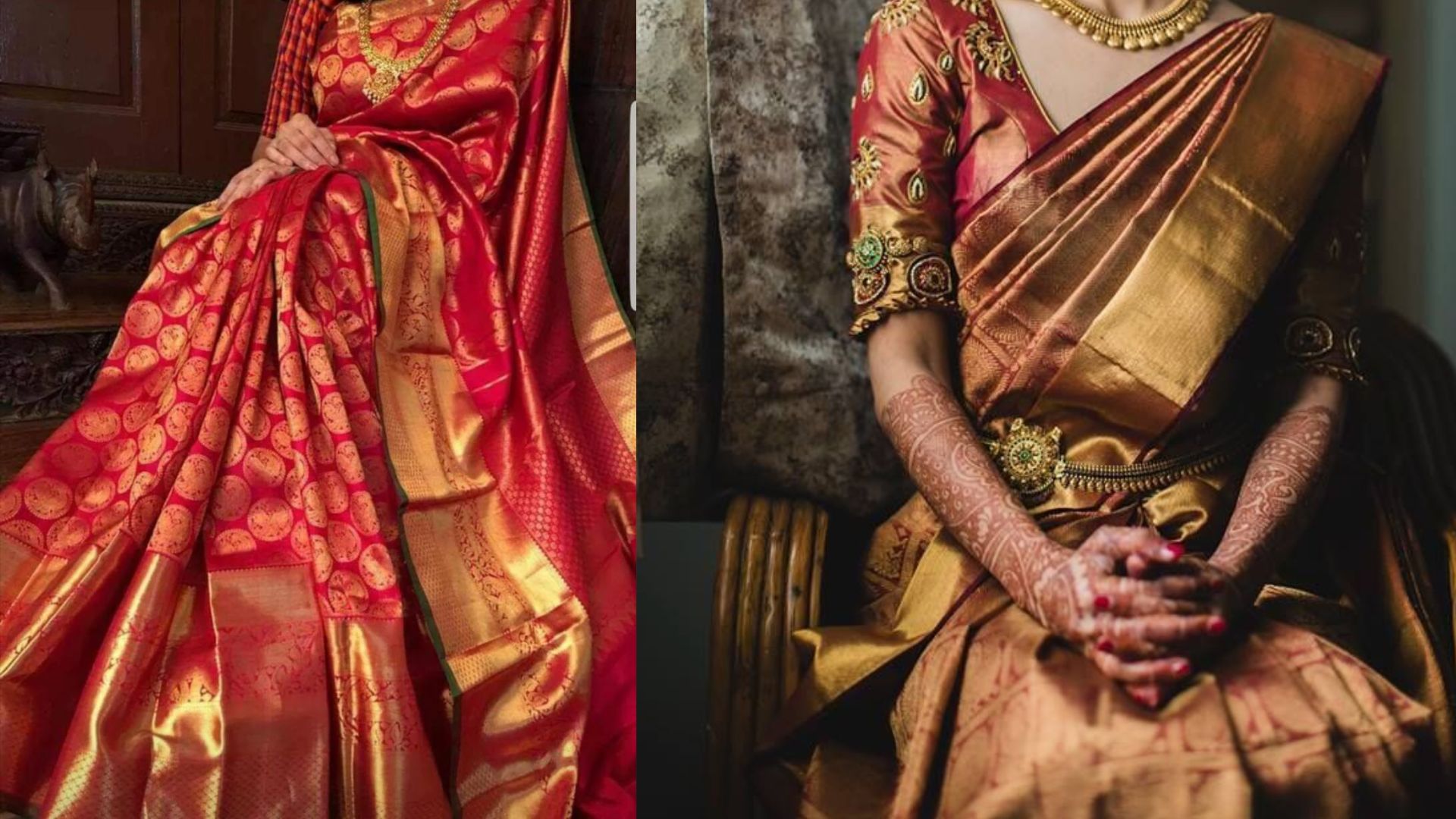If you found yourself captivated by Athiya Shetty’s wedding saree or Rekha’s dazzling trousseau, you certainly weren’t alone. The mention of a saree often conjures thoughts of the luxurious Kanjeevaram silk saree, renowned for its elegance and luminosity.
According to Binal Patel, founder of her eponymous brand, wearing a Kanjeevaram saree for a wedding is a statement of cultural identity. She notes that lighter Kanjeevarams are particularly suitable for summer weddings due to their comfort, appealing to modern women who seek both comfort and elegance. Patel emphasizes that these lighter versions retain the luxurious, handcrafted quality at accessible price points.
John Varghese, a professor at the School of Fashion, World University of Design, observes a cultural shift among youngsters embracing Indian traditions in innovative ways. He remarks on the increasing presence of Kanjeevaram sarees and silk fabrics repurposed creatively as garments at corporate, ceremonial, and festive events.
Tracing the Origins of Kanjeevaram Sarees
“The Kanjeevaram saree,” explains Patel, “derives its name and origins from Kanchipuram, a temple town in Tamil Nadu renowned for silk weaving.” Legend suggests that the lineage of Kanchi silk weavers traces back to Sage Markanda, the celestial weaver renowned for creating exquisite textiles from delicate lotus fibres.
Originally spanning nine yards, Kanjeevaram sarees evolved over centuries into the iconic six-yard versions. The art of weaving these sarees has a 400-year-old tradition, traditionally practiced within temple precincts by skilled artisans, adds Varghese.
“In South Indian weddings,” notes Varghese, “Kanjeevaram silk sarees hold a position of honor, symbolizing purity, elegance, and prosperity.” Bharatanatyam dancers also favor these silk sarees for their performances, enhancing grace and grandeur through their rich textures and vibrant colors.
The Craftsmanship Behind Kanjeevaram Sarees
Patel elaborates on the meticulous process involved in crafting these sarees:
- Silk Selection: Begins with high-quality mulberry silk sourced traditionally from Tamil Nadu and Karnataka, prized for its durability and lustrous texture.
- Dyeing: Raw silk threads undergo multiple soaking, boiling, and washing cycles to achieve vibrant, long-lasting colors using natural dyes.
- Spinning: After dyeing, silk threads are spun to enhance strength and sheen, then wound onto bobbins for weaving.
- Weaving: This intricate process, often taking days or weeks, involves skilled weavers using hand looms to interlace warp and weft threads. Borders and the saree’s body are typically woven separately and joined using the “korvai” technique. Designs inspired by temple architecture and nature are woven using zari threads.
- Finishing: Includes trimming to remove excess threads, washing to soften the fabric, and ironing for a crisp finish.
Unique Textures of Kanjeevaram Sarees
“The distinctive texture of Kanjeevaram sarees,” explains Varghese, “derives from weaving the border, body, and pallu simultaneously as three distinct components on the loom, without later stitching.” This technique, employing the “Korvai” and “Petni” methods, results in vibrant, solid-colored areas for the body, border, and pallu.
Types of Kanjeevaram Sarees
- Classic Kanjeevaram: Known for their heavy weight and rich drape, these sarees are woven using traditional techniques by two weavers simultaneously, creating intricate designs.
- Korvai: These sarees feature body and pallu woven separately in distinct colors and motifs, joined meticulously to create a seamless look, showcasing striking visual impacts.
- Jacquard Kanjeevaram: These sarees feature raised patterns and intricate motifs woven using extra weft threads, often depicting mythological scenes or floral designs.
- Pattupettu: These sarees, known as “old weaving” in Tamil, feature simpler geometric designs like checks or stripes, lighter in weight compared to classic Kanjeevarams, suitable for everyday wear.
- Zari Brocade Kanjeevaram: Crafted from pure gold or silver, these sarees showcase intricate zari work woven into the body or border, creating a shimmering effect.
- Checked Kanjeevaram: These sarees feature a chequered pattern on the body, adding a modern twist to the traditional design.
- Without Border Kanjeevaram: These sarees deviate from the typical wide border, focusing more on intricate body designs.
Identifying Authentic Kanjeevaram Sarees
Varghese and Patel highlight key aspects to identify genuine Kanjeevaram silk sarees, such as examining the borders and adjoining body. Authentic sarees will have distinct vivid solid colors without iridescent effects, joined by a jagged or serrated weft interlocking tapestry weave technique.
Supporting the Kanjeevaram Industry
Despite challenges like the shift towards powerloom weaves due to cost concerns, Patel and Varghese emphasize the enduring appeal of Kanjeevaram sarees across generations. They advocate for supporting genuine handloom products with Geographical Indication (GI) tags and promoting fair wages for weavers to sustain this rich tradition.







